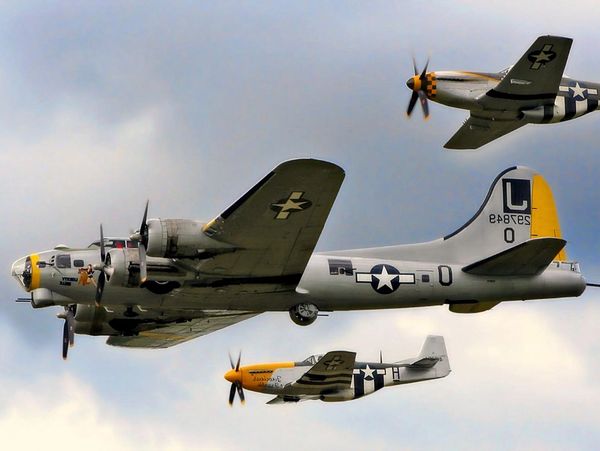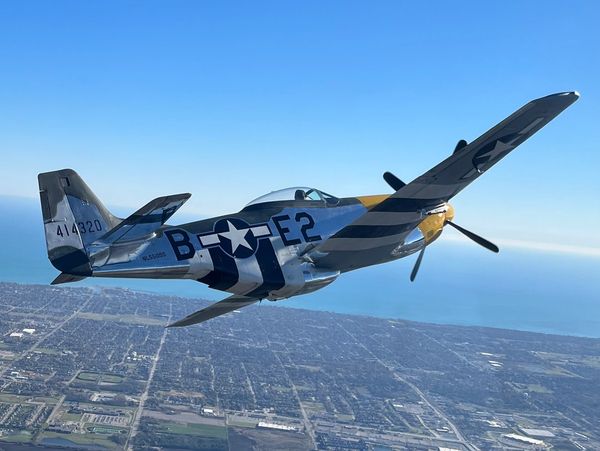Signed in as:
filler@godaddy.com
Signed in as:
filler@godaddy.com

Few aircraft capture the imagination like the iconic North American P-51 Mustang. Its elegant lines, aggressive stance, and unique sound are so universally recognized that its presence stops even the least-aviation-oriented people in their tracks to appreciate its beauty. Seeing one in person is a special treat; flying one is a once-in-a-lifetime experience; owning one is reserved for a select few who serve as temporary caretakers in the long history of these amazing aircraft.
Among one of the most famous fighters of World War II, the P-51 Mustang has its roots in both the United States and Britain. Originally overlooked by the USAAF, the P-51 did not see action with American forces until March 1943. The pairing of the legendary Merlin engine and the P-51 Mustang eventually resulted in the P-51D, which provided the US Army Air Forces with a high-performance, high-altitude, long-range fighter that could escort heavy bomber formations to Berlin and back.

Before the P-51, fighter escorts were unable to escort bombers to the target due to the limited range of the Republic P-47, Lockheed P-38, and Spitfire fighters. The changes significantly reduced the loss rates bomber crews suffered since the daylight bombing campaign began in 1942.
P-51 Mustangs were used in their first long-range escort mission on 13 December 1943 against U-boat pens in the port of Kiel for VIII Fighter Command. With a combat radius of 490 miles, this became the record escort mission to that date. In March 1944, P-51s accompanied bombers to Berlin, 560 miles from its base, and back. By mid-1944, P-51s could reach as far as Polish and Silesian targets. By the end of the war in Europe, the P-51 had a longer combat radius than the Boeing B-17.

American P-51 Mustangs destroyed 4,950 enemy aircraft making them the highest-scoring US fighter in the European Theater of Operations. They were used as dive bombers, bomber escorts, ground attackers, interceptors, trainers, transports (with a jump-seat), and for photo reconnaissance.
To say the North American P-51 Mustang was a success would be an understatement. It is considered to be the best piston aircraft of World War II and became one of the world's aviation elites.
One of the highest honors accorded to the Mustang was its rating in 1944 by the Truman Senate War Investigating Committee as “the most aerodynamically perfect pursuit plane in existence.”
We use cookies to analyze website traffic and optimize your website experience. By accepting our use of cookies, your data will be aggregated with all other user data.